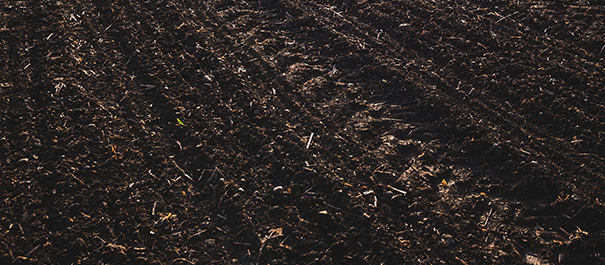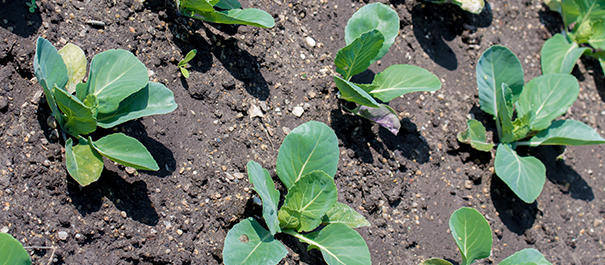






(Unit/t of production)
(Unit/t of production)
N
2.8
2.1
Very Sensitive
P2O5
1
0.8
Sensitive
K2O
3.8
3.2
Very Sensitive
MgO
0.5
0.3
Sensitive
SO3
3.5
2.9
Sensitive
TE
200 g/ha boron (B)
First application

Second (and third) application

When N-fertilization is based on soil analysis (Nmin), the correct time for soil sampling is six to eight leaf stage (after singulation) at a depth of 0-60cm. The amount of nitrogen still missing (nominal value - basal fertilization - Nmin) is applied in two steps when the total requirement is more than 100kg N/ha. Stocks have to be dry during fertilization. Nitrogen in the form of cyanamide (urea) should not be applied shortly before or after any herbicides have been applied. The best time for the two top dressings is shortly after separation, and then about three weeks afterwards. Boron is supplemented with 200g boron/ha in high solution with water, avoiding application on very hot days. Whenever leaf-stem cross-cracks indicate a deficiency, the application should be repeated after one to two weeks. Dryness and/or pH values above 7 increase the risk of deficiency.
LAT Nitrogen Austria GmbH
St.-Peter-Strasse 25
4021 Linz, Austria











